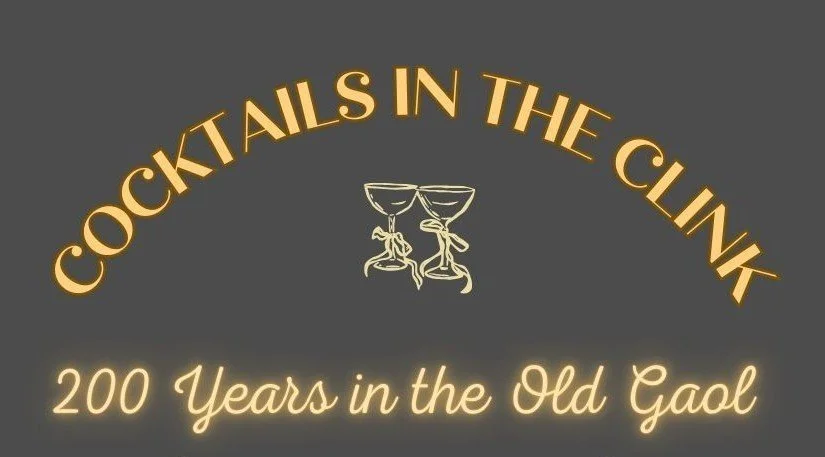Complete remarks from Susan C.S. Edwards, former executive director, Museum of Old Newbury:
Good afternoon.
Thank you for coming together to remember Abigail Chase, the youngest daughter of Elizabeth and Moses Chase. Our special thanks go to the Trustees of the Bridge Street Cemetery for allowing us to hold this event today. We are grateful.
In May of 1736, Elizabeth and Moses Chase came to this spot to bury their three youngest daughters, all victims of throat distemper that raged through the community from 1735-1736. The stones were carved by the Mullicken brothers, probably John, based on the shape of the letters, the simple death's head, and the carved rosettes.
Abigail, the youngest at 17 months, was the first to succumb to this horrible death on May 15, followed, within days, by her sisters Rebekah, age five, and Anne, age eight.
Sometime during the 20th century, we don't know exactly when, the stone of little Abigail Chase was taken from those of her family surrounding her, leaving a noticeable gap in the family plot.
In January of this year, the Museum of Old Newbury was contacted by Ron Pook of Pook and Pook Auctioneers in Downington, PA. While gathering items for an estate auction, he came across Abigail's stone lying face down in a pile of dirt in a garage along with other discarded items.
What happened next is extraordinary. Ron and his staff identified the stone as being from the Newburyport area, and he wanted to donate it to the museum. We agreed that the museum would arrange for the 18th century gravestone to be reinstalled in the Chase family plot. Jane Wild, past president of the museum, has been a wonderful liaison with the cemetery trustees. We also owe thanks to museum friend and supporter Ghlee Woodworth for the reinstallation of the stone.
Ron Pook is a man of supreme integrity and generosity who arranged for the stone to be shipped back to West Newbury. Unfortunately, he is not able to be with us today, but he hopes to make a pilgrimage in the coming months. We owe Ron a huge debt of thanks for his outstanding efforts and for being the lynchpin for a collaboration between the Museum of Old Newbury and the Bridge Street Cemetery to celebrate Abigail Chase.
Complete remarks from Bethany Groff Dorau, executive director, Museum of Old Newbury:
Good afternoon.
First, a sincere thank you to the volunteers who care for the Bridge Street Cemetery, and to Jane Wild, a fellow West Newburian who did much of the leg work to make today possible.
I am here as a representative of the Museum of Old Newbury, a West Newbury resident, and a member of the (very extended) Chase family. Little Abigail’s great-grandmother is my 8th great grandmother, my mother’s 7th.
Of course, there are millions of us – literally. And the beautiful thing about a family whose members remained in the same town for hundreds of years is that this is not just about the Chase family. It is the Perkins, Wells, Follansbee, Wheeler, Morse, Carr, and Noyes family. In the three generations that include Abigail, this family included all these families and more. The story of Abigail Chase is bigger than just one little girl, dying so young. It is about how this extended family WAS this community.
The Chases who settled in or near the village are descended from Aquila Chase, born in 1618 in Chesham, Buckinghamshire, England, and Anne Wheeler, born 13 May 1620 in Salisbury, Wiltshire, England. Aquila arrived in Hampton NH in 1639, married Anne in 1641, and they moved to Newbury in 1646.
On 29 Sep 1646, Aquila Chase, his wife Ann Wheeler (who is my direct link to the Chase family), and his brother-in-law, Daniel Wheeler were accused of gathering peas on the Sabbath. The Chases quickly moved to Newbury, taking the town up on their offer of a four-acre house lot and six acres of marsh (valuable land as it produced marsh hay) in exchange for going to sea to serve the town for four years.
By the time the infamous pea-picking case went to court in 1648, they were simply admonished.
Joshua Coffin in his History of Newbury states that it is a Chase family tradition that Aquila was the first person to pilot a vessel across the bar at the mouth of the Merrimack River.
Aquila and Ann’s son Moses, born in 1663, married Ann Follansbee. He and his siblings settled all around what is now Church Street, Bridge Street, and across the river in Rocks Village. Moses and Ann’s son Moses, born in 1688, married Elizabeth Wells, and they are the parents of little Abigail.
I would encourage you to think of this not as a town the way that we think of a town, but as a frontier settlement and extended family. These people attended each other’s births and deaths, shared unspeakable hardship and danger, and were bound to this land in a deep and primal way. Little Abigail is just a toddler, but everyone in this community would have known her, and would have been invested in her future and grieved her death. The care and expense that her parents went to in carving three separate stones for their daughters, at a time when one stone was often employed for children lost in the same family speaks to her importance to them, and to this community, as an individual whose future was lost to a ravishing disease.
We are honoring this community, and this family today, and I am proud to be part of it.
Thank you.



